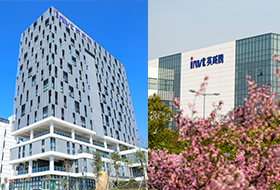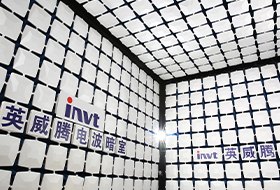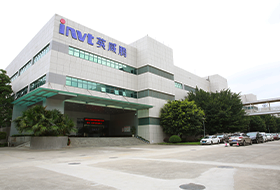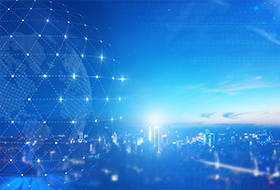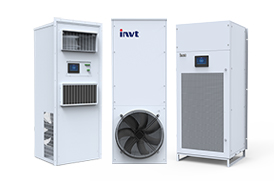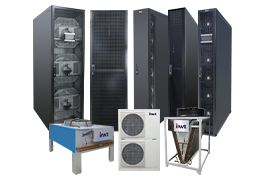12 Big Data Center Trends in 2023
1. Expect market constraints
After years of rapid expansion, the current environment for building new data centers is challenging. As a result, data center capacity will be harder to locate and may be more expensive, especially in the second half of 2023. Power supply in major markets is restricted due to geopolitical considerations. On the demand side, the business IT department may have budget constraints.
2. New semiconductor stores appear
According to SEMI research, construction of 28 new semiconductor production facilities is planned to begin in 2023. Countries will also prioritize indigenous manufacturing to gain a competitive advantage and mitigate supply chain challenges on a global scale. It's also a direct response to the stress we're witnessing in times of a pandemic.
3. Hyperscale data centers will dominate
Due to the complexity and scale of workloads, cloud data centers require a higher degree of automation than traditional data centers. Hyperscale data centers typically include modular architectures and modular components that allow for rapid installation, expansion and customization.
4. Support the new infrastructure in the ChatGPT era
Artificial intelligence (AI) with machine learning (ML) requires the creation of entirely new data center infrastructure, larger than any other application. Artificial intelligence (AI) and machine learning (ML) may require three times the power density of traditional data processing, requiring a shift in data center architecture. This is also based on a sophisticated cooling system to accommodate the higher output.
5. Formulate a sustainable development roadmap beyond 2023
Data centers, some of the most energy-intensive buildings in existence, have come under intense scrutiny as institutions and municipalities around the world set carbon emissions targets by the end of the decade. Renewable energy sources such as solar power are exciting options for small urban data centers right now. In contrast, the energy needs of a hyperscale data center could be as large as a stadium, which would involve a solar power plant.
6. The cloud will be hybrid by default
As people spend more time online, telcos will need more servers and low-latency connection options. The scale and interconnectivity of hyperscale data centers will be necessary to accommodate rapidly evolving usage.
By 2023, services will be distributed, deployed and operated across numerous resources, such as private or public cloud services, networks and devices. All of these resources will continue to work together to deliver a single service or bundle of services. This is because private clouds offer greater control and security, while public clouds offer enormous computing power.
7. Significant automation
Much of the activity in a data center is monotonous and repetitive. The amount of data that devices must manage continues to grow, which is a problem. Enterprises are increasingly turning to data center automation to address this issue.
8. Small data centers—necessary counterparts of hyperscale data centers
Due to the development of emerging technologies such as big data, Internet of Things, and VR, latency has become a key risk in data center management. Latency refers to the time it takes for data to travel from source to consumer. Today's users expect to have access to data and services anytime, anywhere.
9. Feedback to the grid
Data centers are expected to become active participants in the energy ecosystem by 2023. Using the battery storage capacity of an uninterruptible power supply (UPS) to provide frequency balancing services is one way for data centers to act as producers and consumers. A frequency regulation function (FRF) can be easily added to the UPS. This allows the grid to respond to fluctuating load demands using unused power reserves in the data center, reducing the danger of blackouts.
10. Data centers prepare for global warming
Extreme heat can affect cooling systems, causing components including compressors, pumps and fans to work harder than normal, increasing the chance of system failure. Proper equipment design, adequate backup power, and a proper overheating contingency plan can all help solve the problem.
11. Greater virtualization to reduce costs
Software virtualization enables computer servers to interact with numerous virtual systems by building an abstraction layer on top of computer hardware that divides its components (processors, memory, etc.) into numerous virtual computers. This approach reduces hardware-related expenses because more activity can be done with fewer physical units.
12. The data center industry has to "justify its name"
Data centers are increasingly viewed as an "undesirable necessity" that depletes vital community resources such as water and energy. Community resistance to data center expansion is growing in many of the most important data center markets.
The data center industry has long chosen to work behind the scenes to gain support from local politicians while keeping a low profile in any public discussions about its position. Whether this is a viable long-term strategy remains to be seen.
But, one thing is clear: The industry is at an inflection point, and the right moves can drive growth, even if failure to acknowledge these top data center trends could leave businesses behind. That's why it's so important to understand what data centers mean and do in 2023.

 networkpowersales@invt.com.cn
networkpowersales@invt.com.cn
